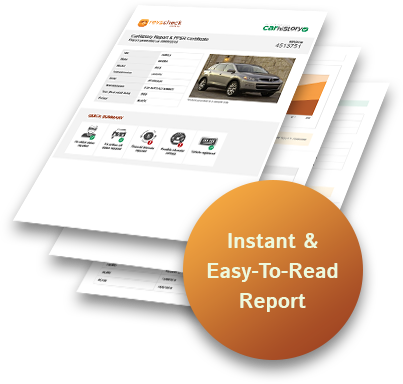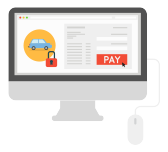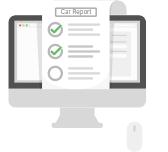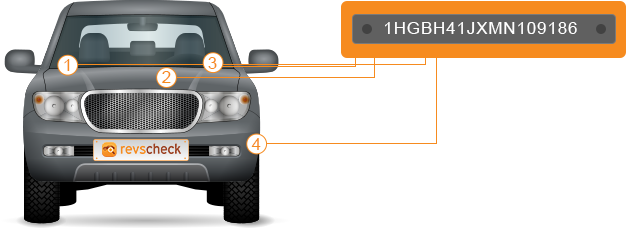Why get a REVS check?
Buying a used car can be tricky. If you buy a car with finance owing from a previous owner, it could be repossessed. A REVS (now PPSR) check allows you to check the history of the vehicle you intend to purchase so you can buy with confidence.












